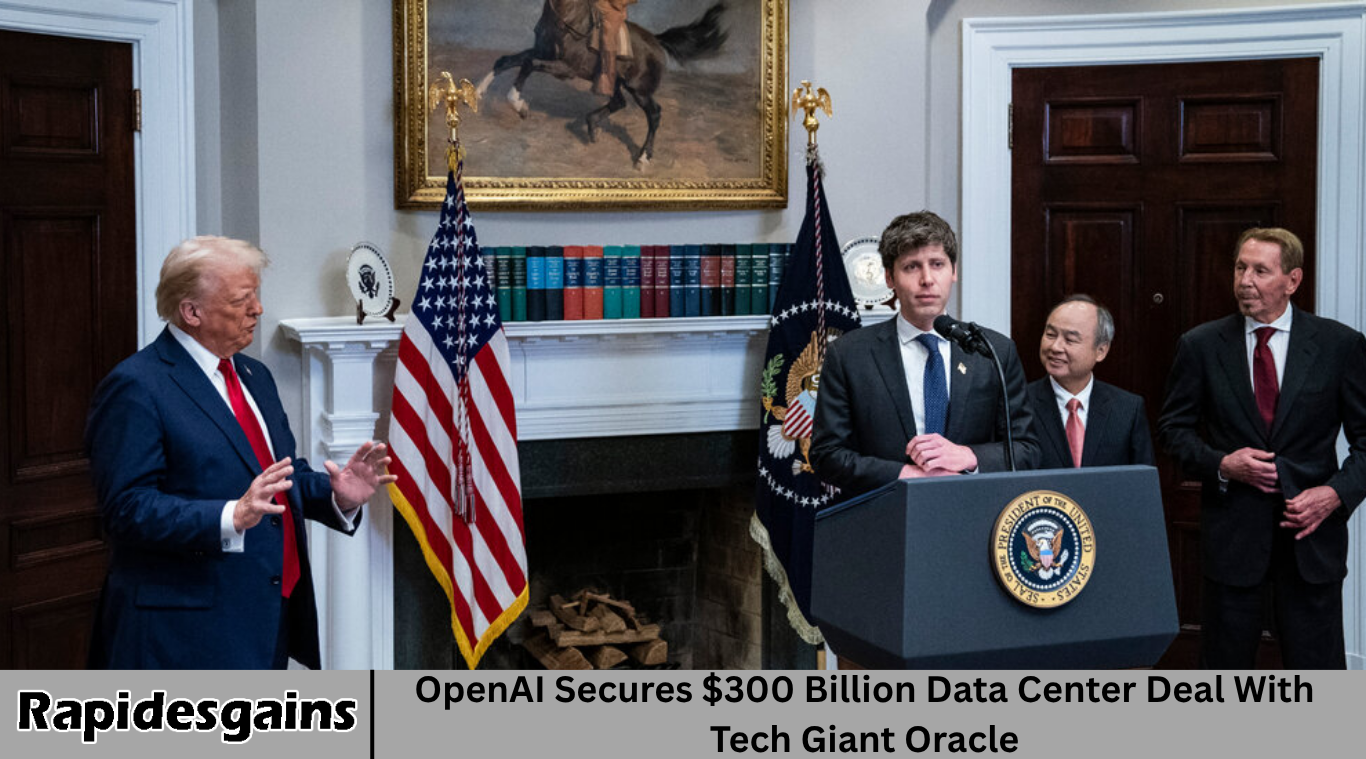OpenAI, a leading company in artificial intelligence research and development, has recently announced a massive deal with Oracle, one of the world’s largest technology companies. This deal, valued at $300 billion, centers around building and operating data centers that will support OpenAI’s growing AI needs.
- What is the Deal About?
- Why is This Deal Important?
- How Will Oracle Benefit?
- What Does This Mean for AI Development?
- Challenges and Considerations
- Frequently Asked Questions
The agreement marks a significant step in the expansion of AI infrastructure and shows the increasing collaboration between major tech firms. In this article, we will explore the details of this deal, why it matters, and what it means for the future of AI and cloud computing.
What is the Deal About?
OpenAI has partnered with Oracle to use their data center services for its AI projects. Data centers are facilities filled with powerful computers that store and process large amounts of data. For AI companies like OpenAI, having access to high-quality data centers is essential to train and run complex models.
The $300 billion deal means Oracle will provide OpenAI with advanced infrastructure to meet its massive computing demands. This includes servers, storage, and networking equipment spread across multiple locations.
Why is This Deal Important?
The scale of this deal is unprecedented. $300 billion is a huge investment that highlights how critical AI has become in technology and business. It also shows the confidence Oracle has in OpenAI’s vision and technology.
For OpenAI, this partnership ensures that it has the resources needed to continue pushing the boundaries of artificial intelligence. AI models require enormous computational power, and this deal guarantees OpenAI will have access to world-class facilities.
How Will Oracle Benefit?
Oracle gains a strong position in the AI industry by partnering with OpenAI. It will showcase its data center capabilities to other companies looking for AI cloud solutions. The deal will likely lead to more clients choosing Oracle’s cloud services.
Furthermore, Oracle can improve its own AI products by learning from OpenAI’s technology and research.
What Does This Mean for AI Development?
Access to more powerful data centers means OpenAI can develop larger and more complex AI models. This will accelerate innovation in fields such as natural language processing, computer vision, and robotics.
The collaboration may also lead to new AI tools and services that benefit businesses and consumers worldwide.
Challenges and Considerations
While the deal is promising, managing such a large infrastructure comes with challenges. Ensuring security, reliability, and energy efficiency in data centers is crucial.
There are also concerns about the environmental impact of running massive data centers, as they consume a lot of electricity.
Both OpenAI and Oracle will need to address these issues carefully as they move forward.
Frequently Asked Questions
What is the $300 billion deal between OpenAI and Oracle?
It is an agreement where Oracle will provide OpenAI with data center infrastructure and cloud services to support its AI projects.
Why are data centers important for AI?
Data centers house the powerful computers needed to process large datasets and run AI models efficiently.
How will this deal impact AI development?
It will allow OpenAI to build more advanced AI models, speeding up innovation in various AI fields.
What benefits does Oracle get from this deal?
Oracle strengthens its position in the AI cloud market and gains potential improvements for its own AI products.
Are there any environmental concerns related to this deal?
Yes, large data centers consume significant energy, so managing their environmental impact is a key concern.
Conclusion
OpenAI’s $300 billion data center deal with Oracle marks a major milestone in AI and cloud computing. It provides OpenAI with the infrastructure needed to grow its AI capabilities while giving Oracle a key role in the evolving AI landscape.
This partnership is likely to drive innovation and shape the future of technology. However, it also comes with responsibilities to manage resources efficiently and sustainably.











